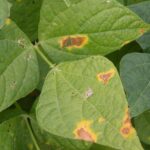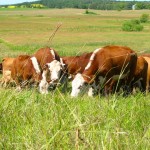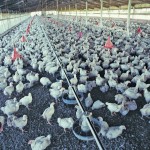Reuters — U.S. retailers including Target, CVS and Walgreens Boots Alliance said on Tuesday they have limited purchases of infant formula due to a supply shortage. The limits come after top supplier Abbott Laboratories in February recalled some baby formula including Similac made at its plant in Michigan over complaints of bacterial infections in infants













